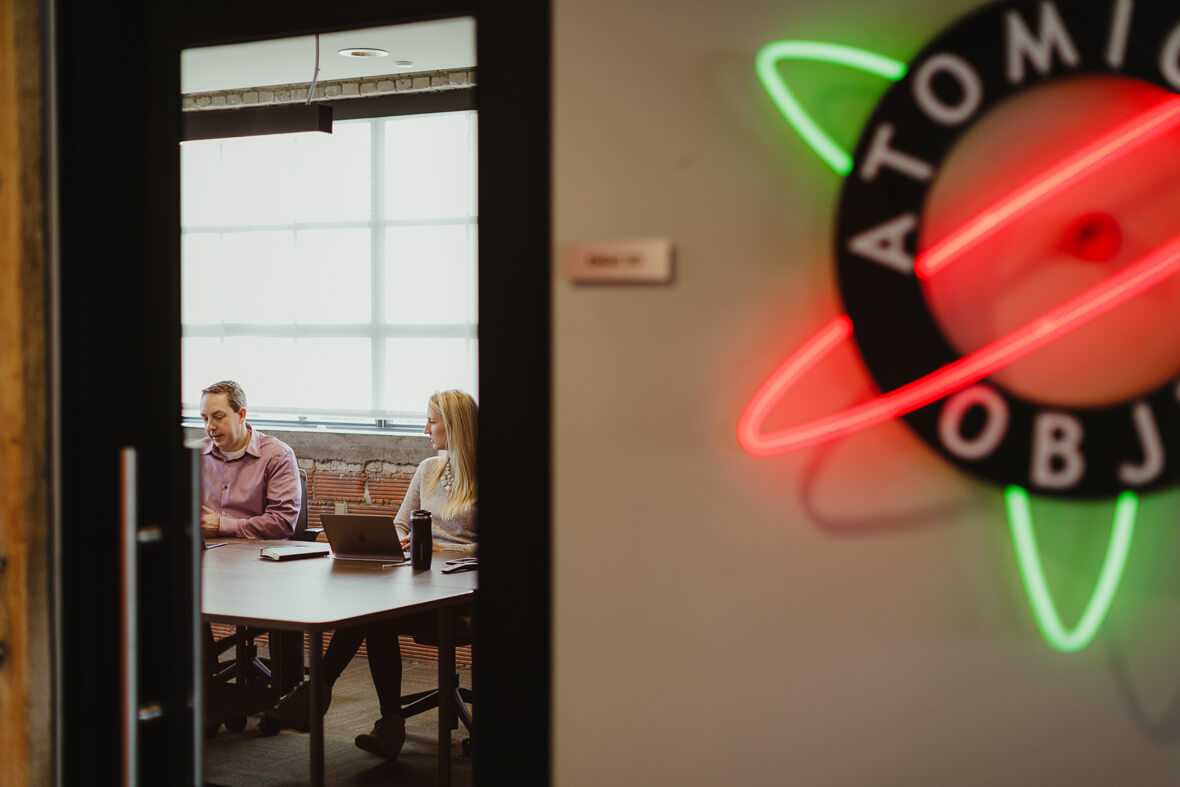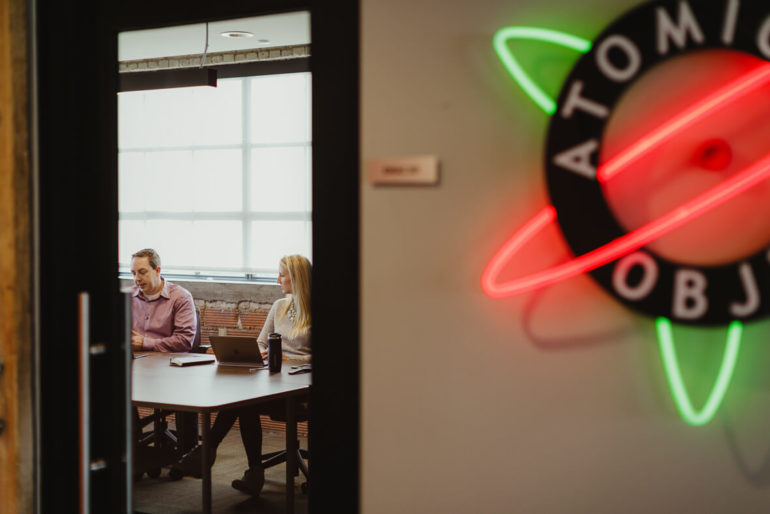
Every company knows how important a great customer experience is for success. And yet, there are still plenty of nightmare stories where customers are treated poorly—by airlines, cable providers, and even small companies. You probably have a poor customer experience story of your own. I’m still upset—years later—by a car rental disaster from my brother’s wedding.
In an attempt to stand out from these bad experiences, some companies work very hard to “delight” us—to surprise or wow us in a unique way. But studies show that this doesn’t move the needle. In a super-busy and unpredictable world, all we want is to work with people who can make our lives easy.
Delight is Easy; Good Service is Hard
When I worked at a large regional health plan provider, I handled a major project that was designed to improve the customer experience by simplifying their paper bills. We faced many obstacles (complex billing relationships, multiple facilities and doctors, prescription coverage, government regulations, etc.) and had to settle for something far less useful and easy-to-understand than we had hoped.
Shortly after this project, the company started promoting “delight” stories from customers who’d had a great experience with us. Improving the customer experience required making strategic choices that the company wasn’t ready to tackle. But focusing on “delight” was obtainable.
It is easy for people to hold on to the idea of customer delight. We simply have to do something impressive in a relationship. This usually happens during the “sale.” Take a client to a fancy dinner or give them an unexpected gift. When we win the business, we hope the rest will take care of itself.
I’m reminded of a trip my wife and I took to Playa Del Carmen. At check-in, we were immediately served champagne and chocolate-covered strawberries. We still had the normal check-in paperwork to do, of course, but now we had to do it using clipboards on our laps, while holding champagne glasses and eating sticky food. It was a nice experience, but it really didn’t differentiate them from any other resort we’ve visited.
Delight isn’t sustainable, nor is it scalable. Once one hotel started folding towels in cute ways to impress customers, all of the other hotels started doing it. When everyone does something, it’s no longer special. And even if a hotel is delighting customers with cute towels, all of that goodwill will disappear in a flash if they can’t handle something like helping a customer resolve a billing dispute easily.
Effortlessness > Delight
In their book The Effortless Experience: Conquering the New Battleground for Customer Loyalty, Nick Toman, Matthew Dixon, and Rick Delisi looked closely at what drives customer loyalty. Their research showed:
- There is no difference in the loyalty of customers whose expectations have been met vs. those whose expectations have been exceeded.
- Just because your customers are satisfied doesn’t mean they will keep buying from you.
- Bad customer experiences reduce loyalty more than positive experiences increase loyalty.
- The key to keeping your customers loyal is to reduce their work effort.
This research suggests that creating a great customer experience is really about making the work your customer does with you as easy as possible. This is especially true when an issue happens—and issues always happen. Find a way to ease your customers’ workload across your business, and you should keep your customers.
To be clear, there is nothing wrong in doing something to delight a customer. Just make sure that whatever you do to delight has a visible level of effort.
I believe this is the magic that Danny Meyer, CEO of Union Square Cafe and author of Setting the Table, describes with Enlightened Hospitality (which John Fisher wrote about here last week). In his book, Meyer shared a story about spilling olive oil on a woman wearing a brand new Calvin Klein dress. Not only did the restaurant send a gift basket as an apology; they also replaced the dress. As Meyer said, “A great restaurant doesn’t distinguish itself by how few mistakes it makes, but by how well they handle those mistakes.”

Creating Great Experiences with Atomic
At Atomic Object, we’ve distilled these findings into three cornerstones for creating a great long-term customer experience to drive loyalty.
1. Meet their expectations.
Instead of worrying about delighting our customers, our focus is on making sure we set and meet the right expectation for the project. This starts in our first contact in sales. From our first triage call through our pre-project consultation, we are doing four things:
- Educating our customers how software products are made
- Making sure the customer accepts that learnings/discoveries during the project may change their product direction
- Determining if we are the right partner to solve their problem, and if not, helping them make a connection to someone who can help
- Ensuring there is strong alignment with both companies’ values
When we agree to move forward on a project, our team works consistently to manage and meet expectations. Atomic’s team, processes, and tools are optimized to empower clients to make the right decisions for their products. The Delivery Leads work with clients to manage scope and efforts within a budget. Our scrum process allows us to adapt the work as new insights are gained through the development effort. And most importantly, we are constantly teaching our clients how great software products are made.
Perhaps the best example of meeting expectations is the high level of quality in our craft. Wrapping the software with tests, keeping an eye on continuation integration, and working in a team model allows us to deliver a high-quality product–a product that is stable and lets the customer sleep well at night.
2. Make it simple for them.
In everything we do, we work to make it easy for our customers. This means we invest a high level of effort on their behalf even before they are a client. Some examples of how we put this into practice include:
- Taking on the burden of scheduling meetings, building agendas, and being clear on simple things like parking
- Performing research ahead of new client calls so we are in the best position to help
- Responding promptly to requests for help even before projects begin
- Bringing clarity on the work we will perform and the kind of work we won’t do
- Constantly explaining what we are doing and why we are doing it
The craft of creating a software product is not a simple endeavor. It’s full of risks, and there are real budget limitations. Non-technical business owners can feel the information asymmetry when working with agencies like Atomic. To make this easier for clients, Atomic publishes content on software product creation in its blog. We also take the time to carefully explain all of our recommendations so they will feel comfortable making decisions.
3. Handle mistakes with grace.
To be clear, Atomic Object is not perfect. We do make mistakes from time to time. As Mr. Meyers says, “Human beings are probably the animal on earth best designed for mistake making.” His service business expects mistakes to happen.
He describes a philosophy for handling mistakes in his restaurant business called the five As. The first step is to be Aware you made it. If you are not aware, you are nowhere. Second, Acknowledge the mistake. Third, Apologize for it. Fourth, Act on the mistake to correct it. And, finally, Apply additional generosity.
In a service company which builds digital products from people’s minds, mistakes are a part of the learning process. When we are aware we’ve made a mistake, we follow our values by owning it, giving a shit, and thinking long-term. As Mr. Meyers suggests, we apologize and take action to make it right. We also use the mistake as an opportunity to learn and get better.
The Loyalty Results
Atomic Object works hard to create customer loyalty. In some sense, the company has been doing this from the beginning because what we did made sense to us. After reading The Effortless Experience, we learned the specific principles that get the best results. With this knowledge, we’ve focused more of our efforts in this direction.
Mr. Meyers shared that in his restaurant business, it’s easier than ever for his competition to copy the delight elements that have driven their success. He used to travel Europe to find rare recipes to bring back for his customers. Now, with the internet, these recipes are available to everyone. He can no longer rely on that as a way to delight his customers. More than ever, he needs the specific principles described here to maintain their success.
Fulfill your customer promise. Make it easy for them to work with you. Provide a service or product that solves a real problem for them.
Do these things, and you will find loyal customers and a fulfilling business purpose.
- Help Your Team See When It’s Thriving – Even in a Pandemic - August 6, 2020
- Encouraging Professional Growth with the “Career Development Manager” - September 9, 2019
- An Infinite Game – How we schedule teams without losing our minds - March 7, 2019
- Why we don’t “delight” our clients – and what we do instead - December 19, 2018
